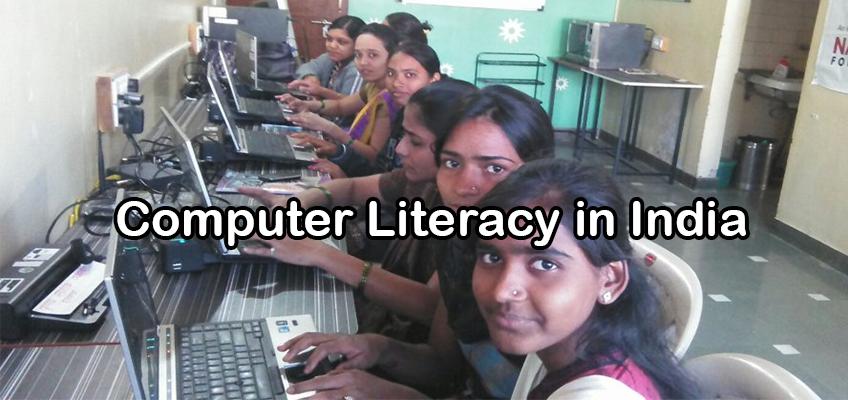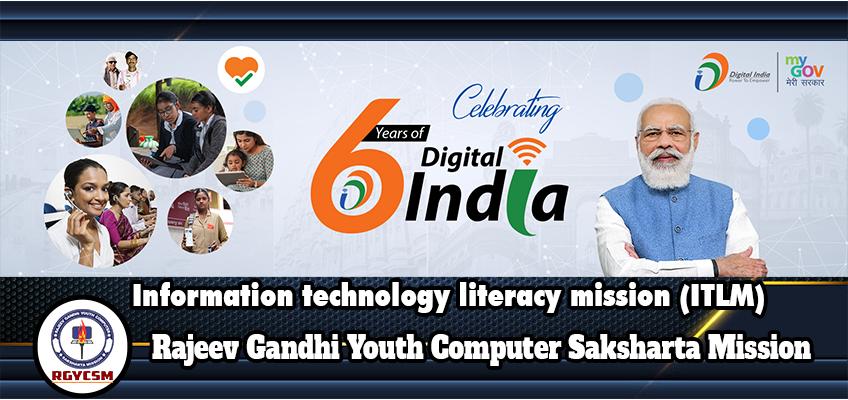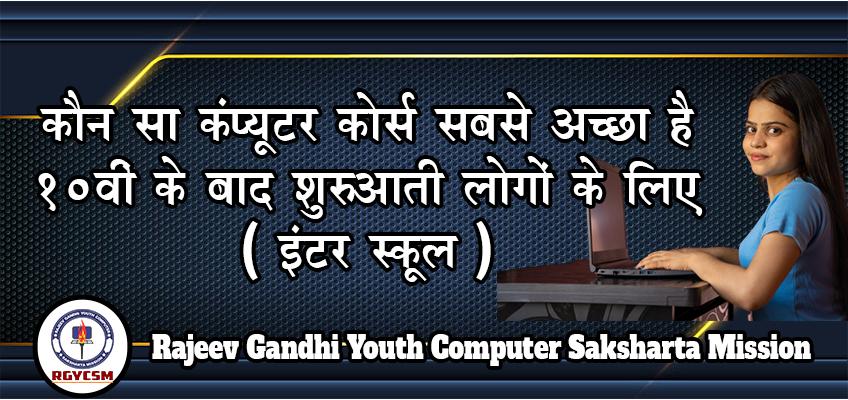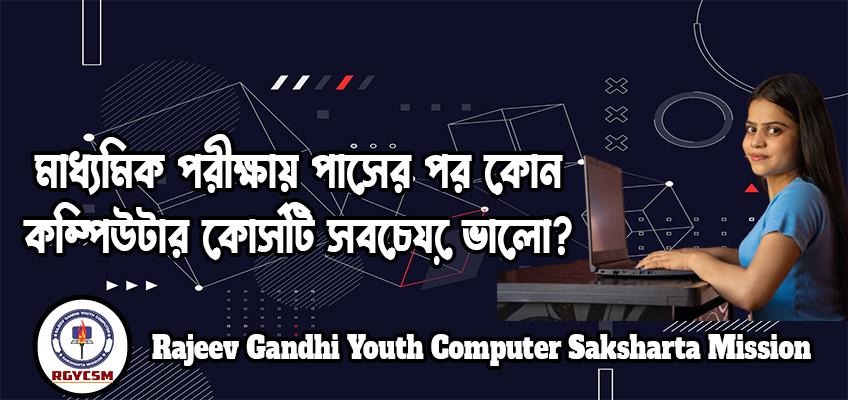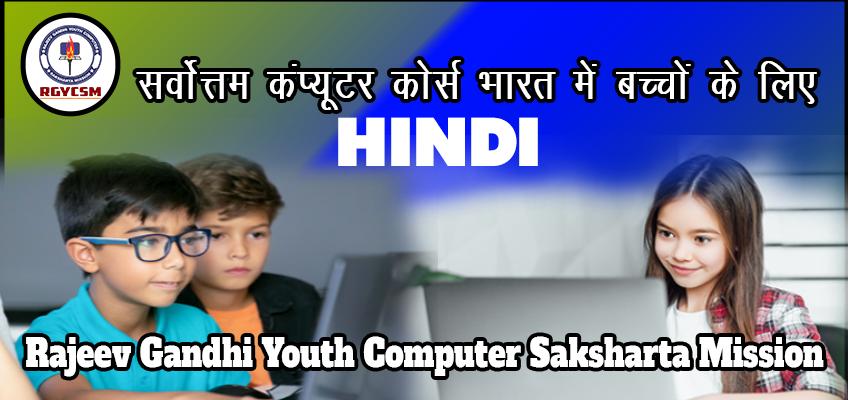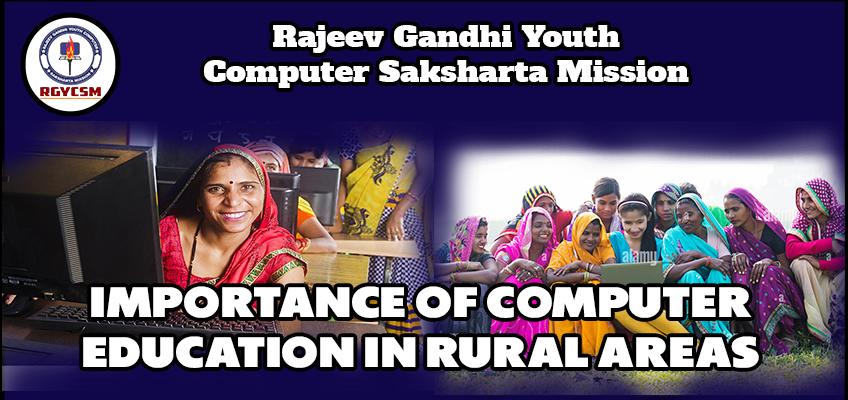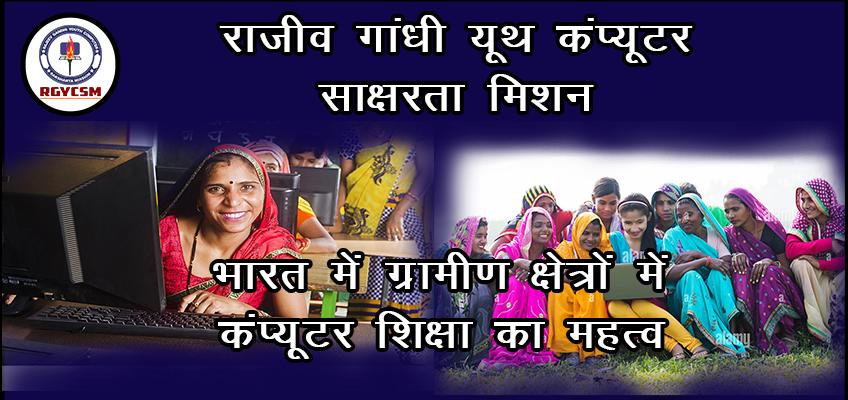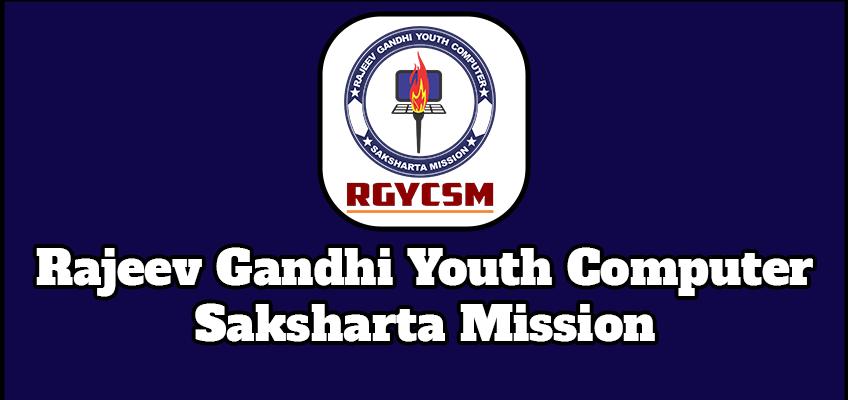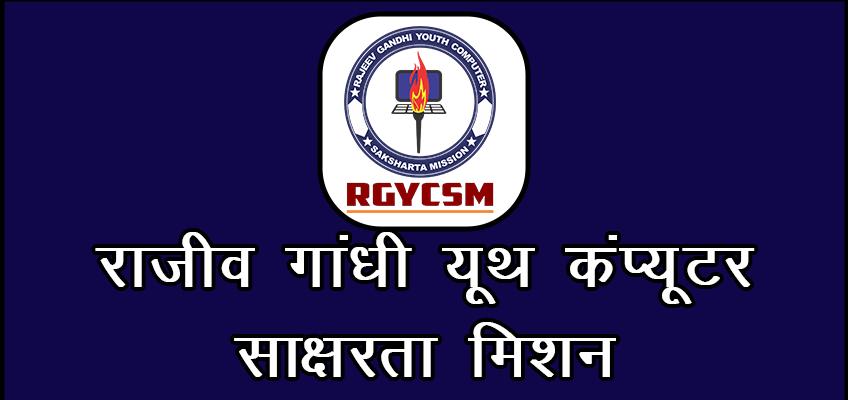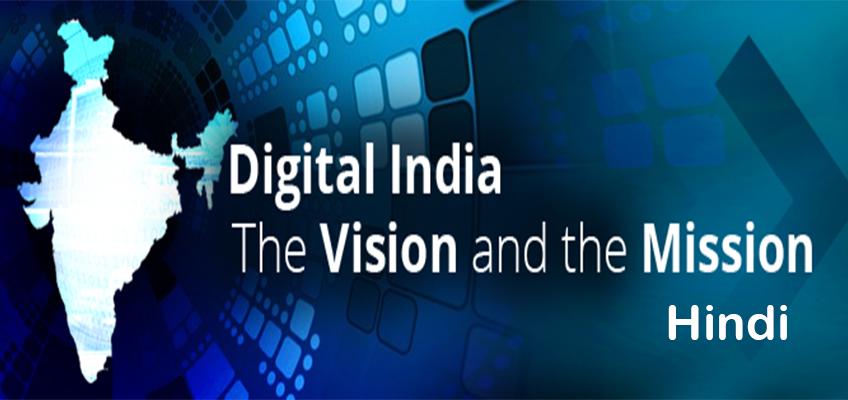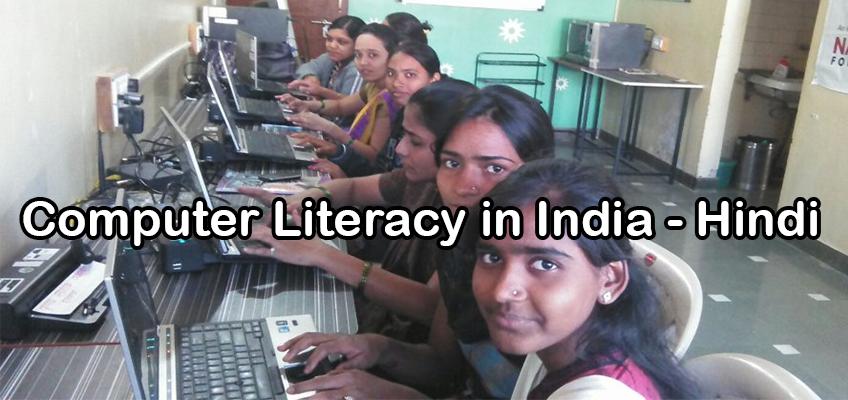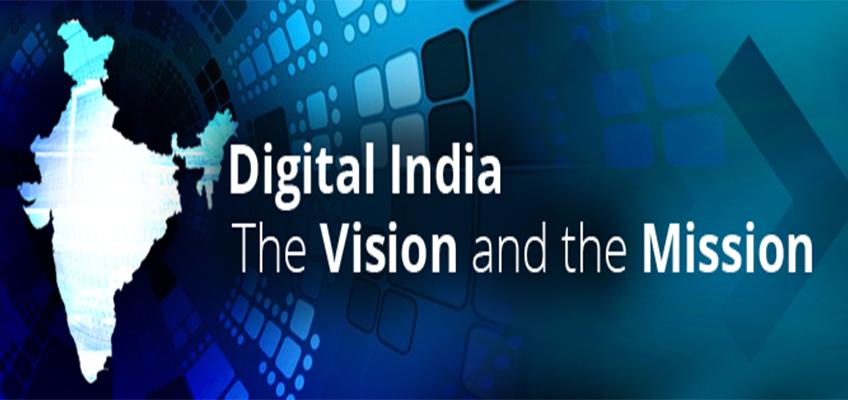computer literacy in India
Computer literacy in India has been steadily increasing over the years, thanks to various government initiatives, increased access to technology, and a growing emphasis on digital education. However, it's important to note that computer literacy levels can vary significantly across different regions of India and among different demographic groups.
Here are some key points about computer literacy in India:
1. **Government Initiatives**: The Indian government has launched several initiatives to promote computer literacy. One of the most prominent programs is the "Digital India" campaign, which aims to provide digital infrastructure and promote digital literacy across the country.
2. **Rural-Urban Divide**: There is still a significant divide in computer literacy between urban and rural areas. Urban centers tend to have better access to computers and the internet, leading to higher levels of computer literacy. In contrast, rural areas may lag behind due to limited access to technology and educational resources.
3. **School Education**: Computer education is increasingly becoming a part of the school curriculum in India. Many schools, especially in urban areas, offer computer science as a subject, and computer labs are becoming more common.
4. **Higher Education**: India has a robust IT and software industry, and many Indian universities offer computer science and IT-related courses. This has led to a growing number of young people acquiring computer skills through higher education.
5. **Private Sector**: The private sector in India has played a significant role in promoting computer literacy. Companies often require computer skills for various job roles, which motivates individuals to acquire these skills.
6. **Online Learning**: The availability of online learning platforms and resources has also contributed to computer literacy. Many Indians, especially in urban areas, have access to the internet and can use online courses to enhance their computer skills.
7. **Government Services**: The Indian government has been digitizing various services, such as issuing Aadhaar cards, providing access to government information, and facilitating online payments. This has pushed many individuals to become computer literate to access these services.
8. **Challenges**: Despite progress, there are still challenges to improving computer literacy in India. These include the digital divide, limited access to computers and the internet in rural areas, and the need for more inclusive and affordable training programs.
In summary, computer literacy in India has been on the rise, driven by government initiatives, educational institutions, the private sector, and the increasing availability of digital resources. However, efforts are needed to bridge the urban-rural divide and ensure that computer literacy reaches all segments of the population.

